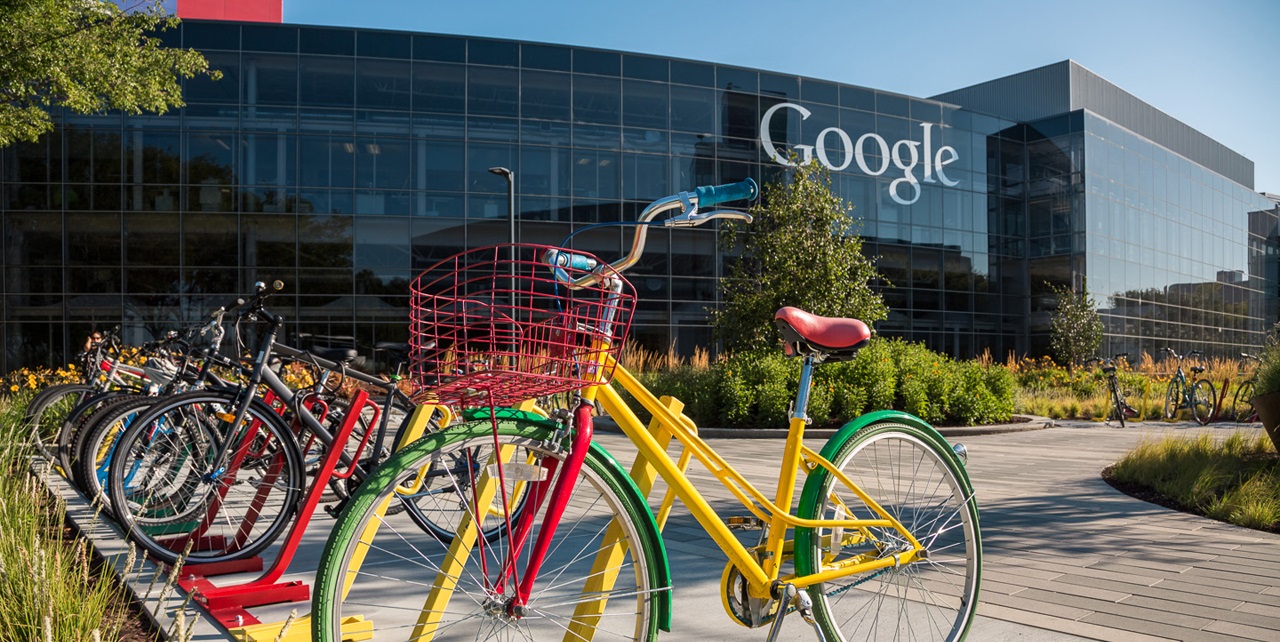
Dec 16th, 2023 – Recent statistics suggest a surge in AI-driven layoffs, with 37% of surveyed businesses reporting AI replacing workers in 2023 and 44% projecting future job cuts due to AI efficiency in 2024. However, this article aims to explore beyond headline figures, acknowledging discrepancies in technological adoption among businesses and underscoring the transformative potential of AI in reshaping job roles and organizational structures.
Experts suggested avoiding direct alarmist interpretations of these statistics. Julia Toothacre from ResumeBuilder highlights the disparity in technology adoption among businesses, noting that smaller and traditional enterprises might not fully embrace AI. Moreover, insights from Alex Hood at Asana underscore the considerable amount of time spent on non-core work activities, suggesting that AI’s capacity to streamline such tasks could lead to productivity enhancements.
The concept of “human-centered AI” emerges as pivotal, advocating for AI as a tool to augment human capabilities rather than replace them outright. Asana’s State of AI at Work 2023 report suggests that 29% of work tasks are replaceable by AI. However, the emphasis remains on AI’s potential to enhance collaboration and human abilities.
While acknowledging the historical adaptability of the workforce to technological shifts, experts stress the importance of continual skill development. Marc Cenedella of Leet Resumes and Ladders asserts that AI’s displacement of routine tasks can empower workers to focus on higher-value responsibilities, akin to past shifts in work culture.
Eventually, the most important features to focus on are the evolving nature of work and the need for a proactive approach toward AI integration. Businesses should invest in employee skill enhancement and individual experimentation with AI capabilities. However, historical patterns point towards workforce evolution rather than widespread unemployment, envisioning a future where increased technological capacity creates higher-value work and productivity that future generations of AI will adapt to manage.
Author: Simona Merlo
